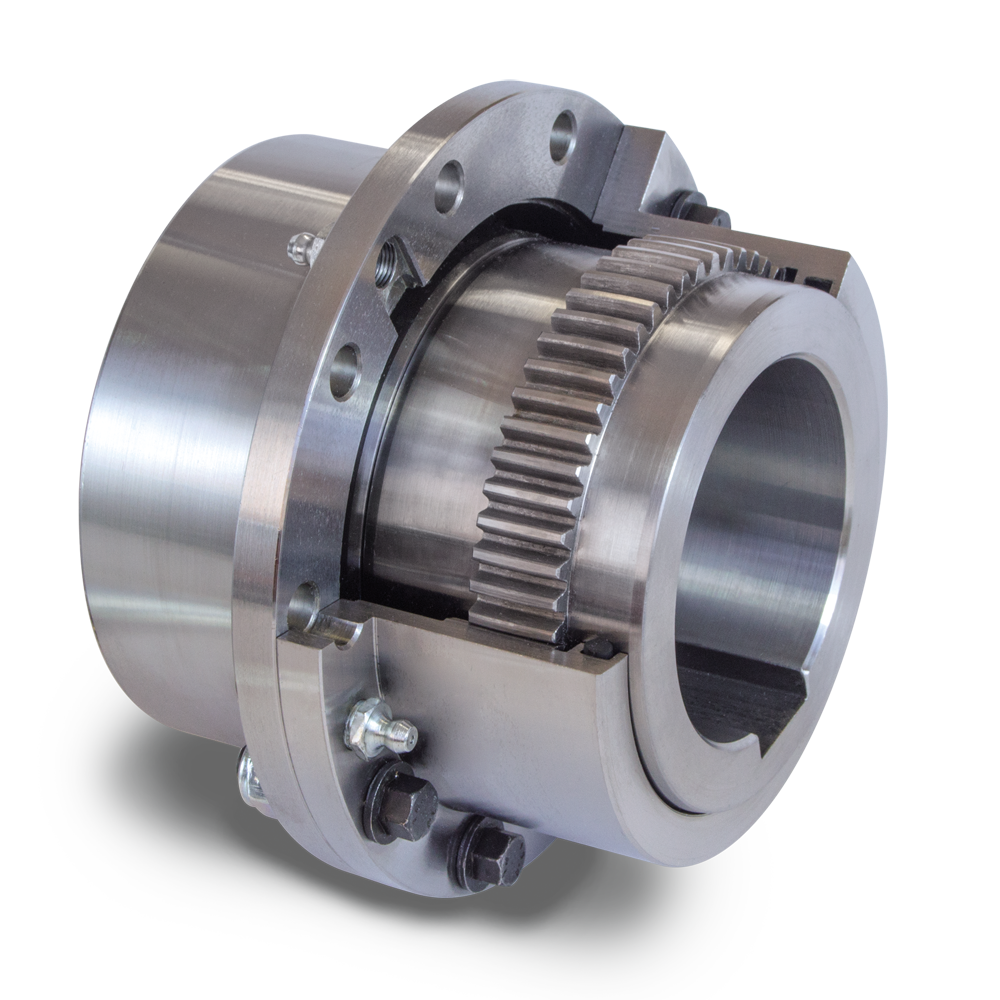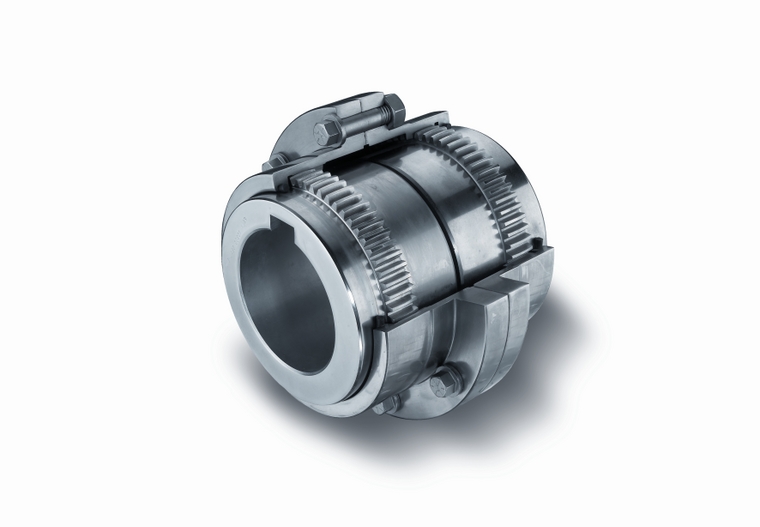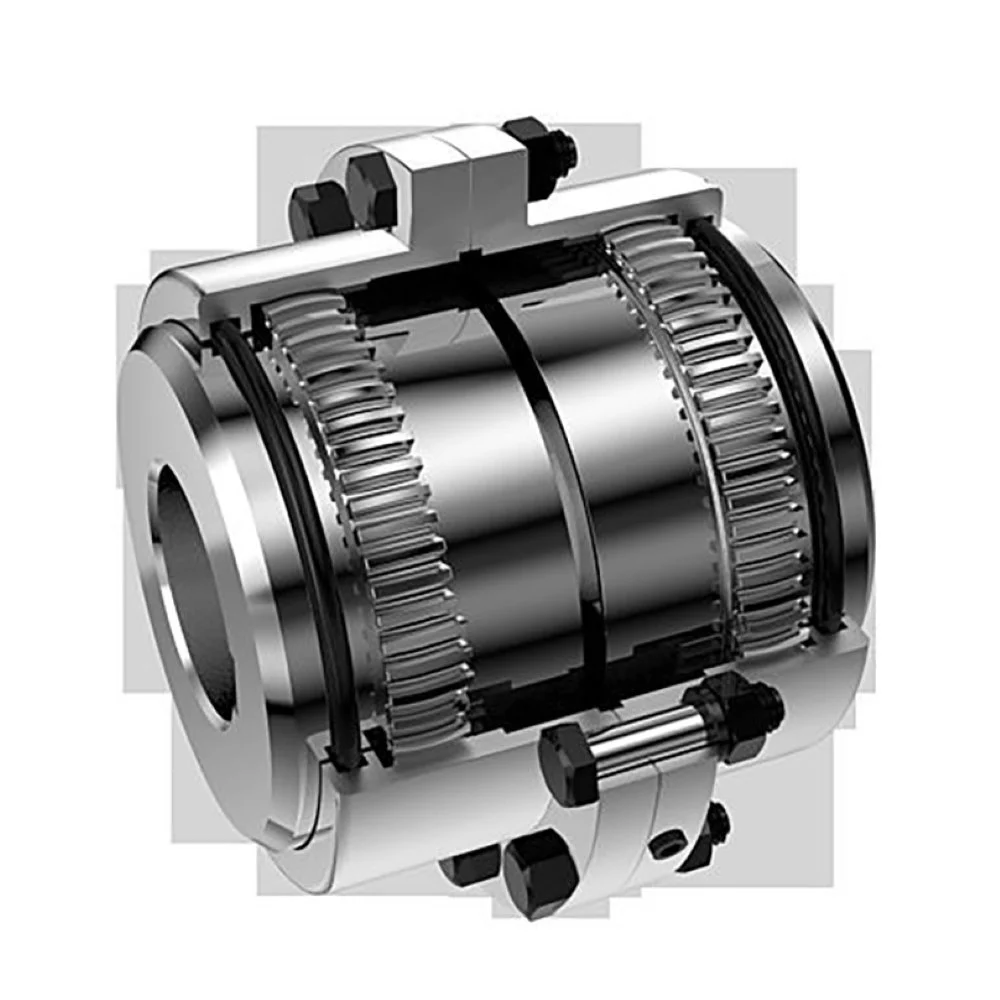Product Description
Flange Cast Iron Coupling Steel Universal Joint Cardan Pump Rubber Motor Disc CHINAMFG Flex Rigid Drive Shaft NM yox Fluid Jaw Flexible Chain Gear Couplings
Manufacturer of Couplings, Fluid Coupling, JAW Coupling, can interchange and replacement of lovejoy coupling and so on.
A coupling can interchange and replacement of lovejoy coupling is a device used to connect 2 shafts together at their ends for the purpose of transmitting power. The primary purpose of couplings is to join 2 pieces of rotating equipment while permitting some degree of misalignment or end movement or both. In a more general context, a coupling can also be a mechanical device that serves to connect the ends of adjacent parts or objects. Couplings do not normally allow disconnection of shafts during operation, however there are torque limiting couplings which can slip or disconnect when some torque limit is exceeded. Selection, installation and maintenance of couplings can lead to reduced maintenance time and maintenance cost.
Coupling is a jaw type coupling that works for a variety of light duty to heavy duty motors used in electric power transmission.
This is 1 of our safest types of products. The reason being that these couplings work even when the elastomer fails and there is no metal to metal contact.
They perform in well-standing oil, grease, moisture, sand, and dirt and nearly 850,000 bore combinations that can be customised as per the customer’s needs.
They are used in light-weight, medium, or heavy electrical motors and devices for power transmission through internal combustion.
Production workshop:
Company information:
/* January 22, 2571 19:08:37 */!function(){function s(e,r){var a,o={};try{e&&e.split(“,”).forEach(function(e,t){e&&(a=e.match(/(.*?):(.*)$/))&&1

Comparison of Tooth Couplings with Gear and Jaw Couplings
Tooth couplings, gear couplings, and jaw couplings are all types of couplings used in mechanical systems. Here’s a comparison of tooth couplings with gear and jaw couplings:
Tooth Couplings:
- They have interlocking teeth that provide high torque transmission capacity.
- Offer excellent misalignment compensation due to the tooth design.
- Can handle angular, radial, and axial misalignment.
- Transmit torque with low backlash and high torsional stiffness.
Gear Couplings:
- Use gears to transmit torque, providing high torque capacity.
- Handle angular misalignment but are less effective with radial and axial misalignment.
- Have backlash due to the gear design, which can affect precision applications.
- Require periodic lubrication and maintenance.
Jaw Couplings:
- Use elastomeric elements (jaws) for torque transmission.
- Provide good torsional stiffness and misalignment compensation.
- Handle moderate angular and axial misalignment but limited radial misalignment.
- Are simple in design and easy to install.
Ultimately, the choice between these couplings depends on the specific requirements of the application. Tooth couplings are preferred for high torque, precision, and demanding applications that require precise torque transmission and efficient misalignment compensation. Gear couplings excel in high torque situations but may have more backlash. Jaw couplings are suitable for simpler applications with moderate misalignment and torque requirements.

Diagnosing and Addressing Issues with Tooth Couplings
Diagnosing and addressing issues related to tooth couplings within machinery systems involves a systematic approach to troubleshooting and maintenance:
- Visual Inspection: Regularly inspect tooth couplings for signs of wear, damage, misalignment, or corrosion.
- Abnormal Noises: Unusual noises during operation, such as grinding or clanking sounds, may indicate problems with tooth engagement or misalignment.
- Vibration Analysis: Excessive vibration can be a sign of misalignment or other issues. Use vibration analysis tools to identify the source of vibration.
- Temperature Monitoring: Elevated temperatures could point to problems like inadequate lubrication or excessive friction.
- Lubrication Analysis: Monitor the quality and level of lubrication to ensure proper coupling function and minimize wear.
- Alignment Check: Periodically check and adjust the alignment of connected shafts to prevent excessive load on the tooth coupling.
- Torque Measurement: Measure the transmitted torque to ensure it is within the coupling’s rated capacity.
- Replacement of Components: If wear or damage is detected, replace worn or damaged components promptly to prevent further issues.
- Professional Expertise: If problems persist or are beyond your expertise, consult with coupling manufacturers or specialists for guidance.
By regularly monitoring and addressing potential issues, you can ensure the reliable performance and longevity of tooth couplings in machinery systems.

Tooth Couplings: Torque Transmission and Misalignment Handling
Tooth couplings are designed to efficiently transmit torque while accommodating certain levels of misalignment between connected shafts. Here’s how they handle torque transmission and misalignment:
Torque Transmission: Tooth couplings utilize interlocking teeth on the coupling hubs to transfer torque from one shaft to another. The teeth engagement creates a strong mechanical connection that can transmit high levels of torque. The coupling’s design ensures even distribution of torque across the teeth, minimizing stress concentrations and enhancing the coupling’s overall strength.
Misalignment Handling: Tooth couplings can accommodate a limited amount of angular and axial misalignment between shafts. The interlocking teeth provide some flexibility, allowing the coupling to compensate for small angular deviations. Additionally, the teeth engagement can provide a degree of axial flexibility, enabling the coupling to handle slight axial misalignments. However, tooth couplings have lower misalignment tolerance compared to some other flexible coupling types like elastomeric couplings.
It’s important to note that excessive misalignment can lead to premature wear and reduced coupling life. Therefore, while tooth couplings offer misalignment compensation to a certain extent, proper alignment of the connected shafts is still essential to ensure optimal coupling performance and longevity.


editor by CX 2024-04-16
by
Tags:
Leave a Reply